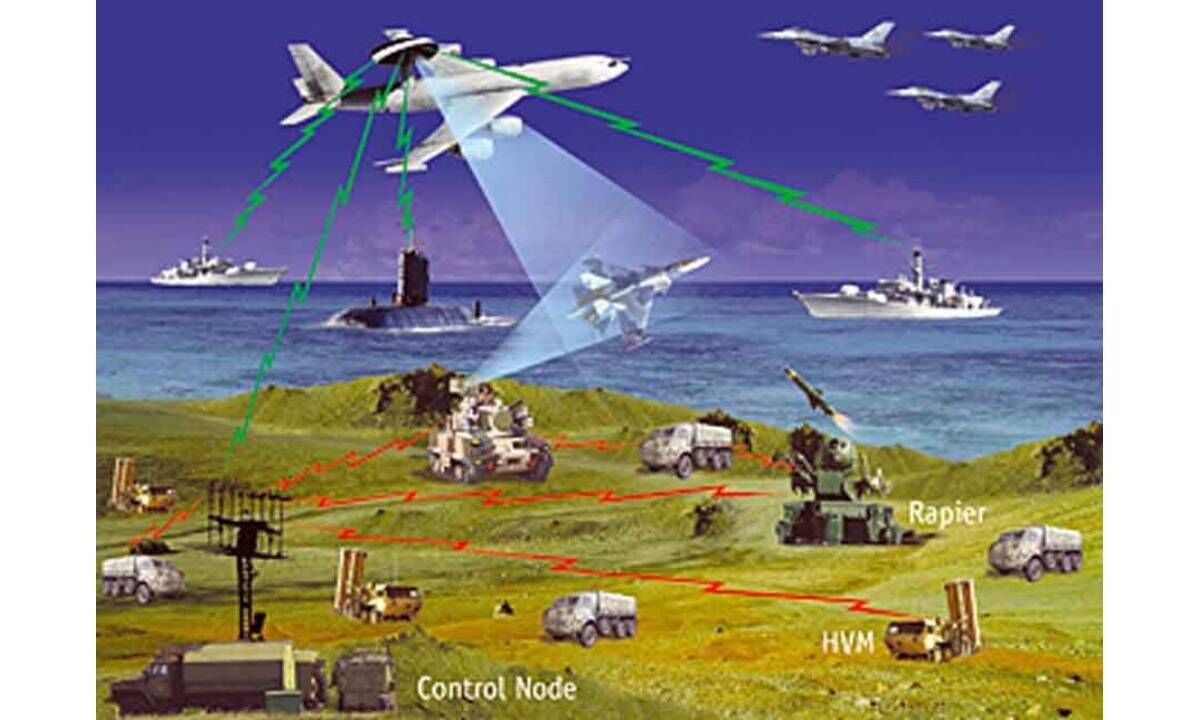electromagnetic warfare electronic warfare (EW) cyber warfare
ARLINGTON, Va. – U.S. Navy researchers needed open-systems electromagnetic warfare enabling technologies based on artificial intelligence (AI) and machine learning. They found their solution from Pacific Defense Strategies Inc. in El Segundo, Calif.
Officials of the Office of Naval Research in Arlington, Va., announced a $17.4 million contract to Pacific Defense on Friday for the Common Sensor Platform for Strategic and Distributed Autonomous Cyber-Electronic Warfare (EW) project.
Pacific Defense will develop an artificial intelligence (AI) and machine learning-enabled common EW sensor-effectuator for future tactical AI, machine learning, cyber warfare, and EW at the tactical edge.
The open-systems hardware and software standard called CMOSS — which is short for C5ISR/Electronic Warfare Modular Open Suite of Standards — will help guide Pacific Defense’s technology development. C5ISR stands for command, control, computers, communications, cyber, intelligence, surveillance, and reconnaissance.
Related: The sensor- and signal-processing challenges of electronic warfare
Pacific Defense will develop distributed AI capabilities such as autonomous cyber-EW effects for use in several vehicles in RF-denied and -intermittent environments; cooperative distributed EW; a web-based smart user interface for mission planning; and command, control, and situational awareness.
Pacific Defense also will build CMOSS-compliant marine electromagnetic warfare ground systems sensors for small unmanned aerial vehicles (UAVs). Electromagnetic warfare involves high-energy RF and laser weapons.
On this contract Pacific Defense will do the work in El Segundo, Calif.; Pittsburgh; and Fairfax, Va., and should be finished by March 2026. the contract is part of the Long Range Broad Agency Announcement (N00014-23-S-B001) for Navy and Marine Corps science and technology.
For more information contact Pacific Defense Strategies online at www.pacific-defense.com, or the Office of Naval Research at www.nre.navy.mil.




